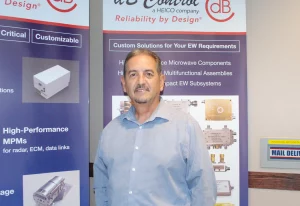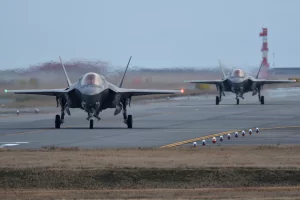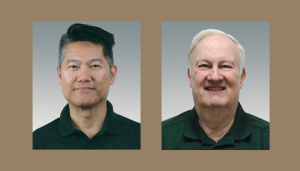MPD: As RF/microwave system complexities grow across many industries (from smart cars to smart cities), what are the biggest challenges RF component vendors and system integrators should expect to face in the coming year?
ML:
It’s like the Target slogan: “Expect More. Pay Less.” Customers want more without an increase in cost. In 2022, the three most pressing issues RF component vendors and system integrators will face are:
- Demands to constantly push the envelope of performance for any given technology (both TWT vacuum and solid state devices)
- Demands to shrink the footprint and efficiencies while increasing density, features, performance and functionality
- Demands to push the leading edge—and sometimes bleeding edge—of technology while increasing reliability
MPD: The commercial and defense satellite market is booming. Is your company reaping any revenue from this, or do you expect to?
ML:
Yes. dB Control is a key player in the defense satellite market because of our Ka- and Q-band capabilities. The Ka-band (27 to 40 GHz) makes it possible for focused spot beams to enable frequency reuse. This boosts satellite system capacity. And the Q-band (36 to 46 GHz) is used for secure Advanced Extremely High Frequency (AEHF) satellite-based military communications. It’s resistant to military jamming and will be integral to secure tactical communication—especially for machine-to-machine data exchange. These are applications in which dB Control is well versed. As a whole, the industry faces some inherent challenges in working with high frequencies—and there are many misconceptions as a result. Fortunately, dB Control thoroughly understands the SWaP-C (size, weight, power and cost) requirements of its customers. While some in the industry have tried to make SSPAs fit into high-frequency satellite applications, TWTs are still the smallest, most reliable and efficient output device. Despite U.S. government funding of GaN solid state solutions, GaN SSPAs remain premature and are subject to performance and efficiency limitations in higher frequency bands. For example, if a designer needs 100 Watts of output power to provide Continuous Wave for a Ka-band unit, multiple GaN devices must be combined. This doesn’t bode well for SWaP-C requirements and can also lead to other issues such as heat generation and life expectancy. Nothing compares to a TWT at present—and dB Control’s track record of compliance and reliability are proof of that.
Continue reading the interview here.






